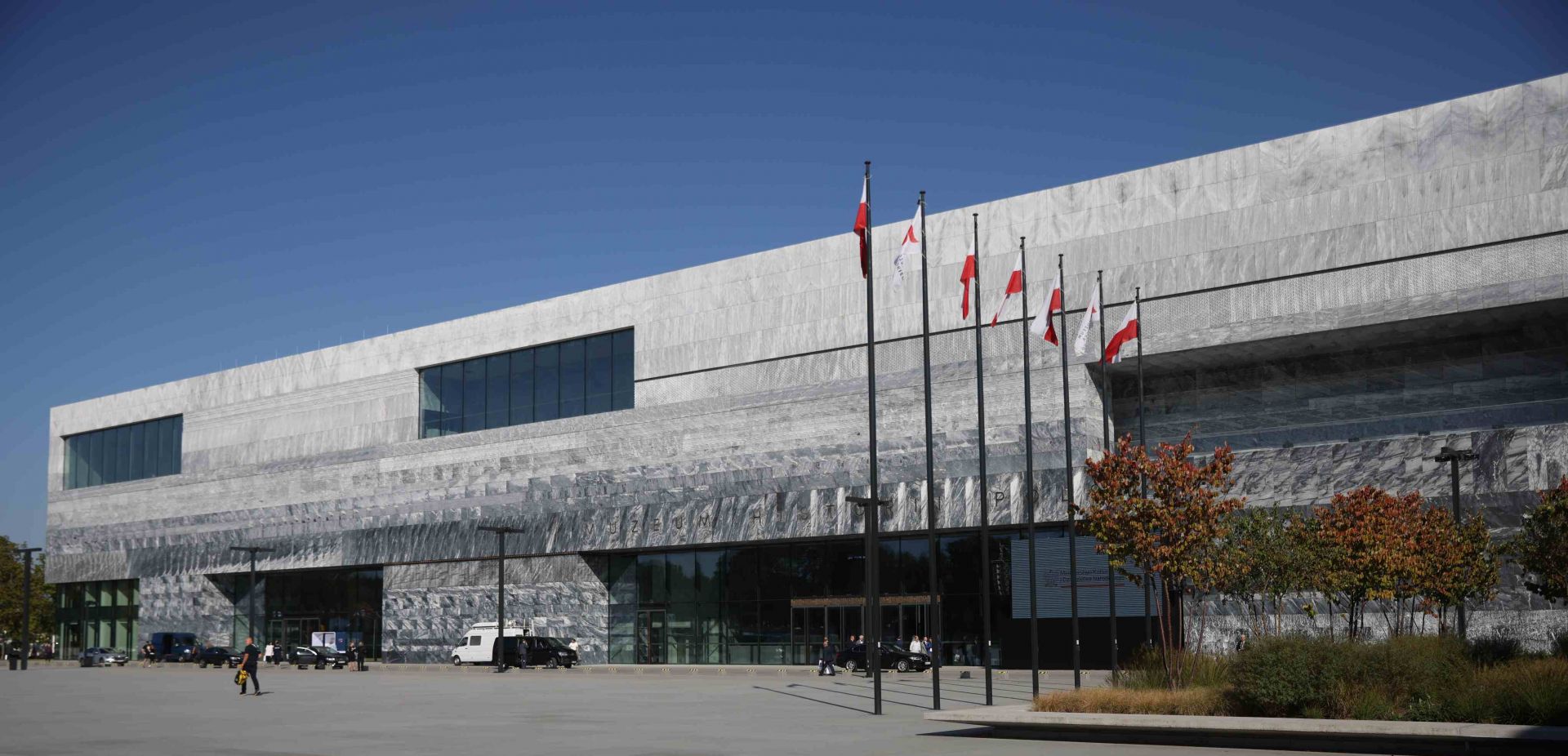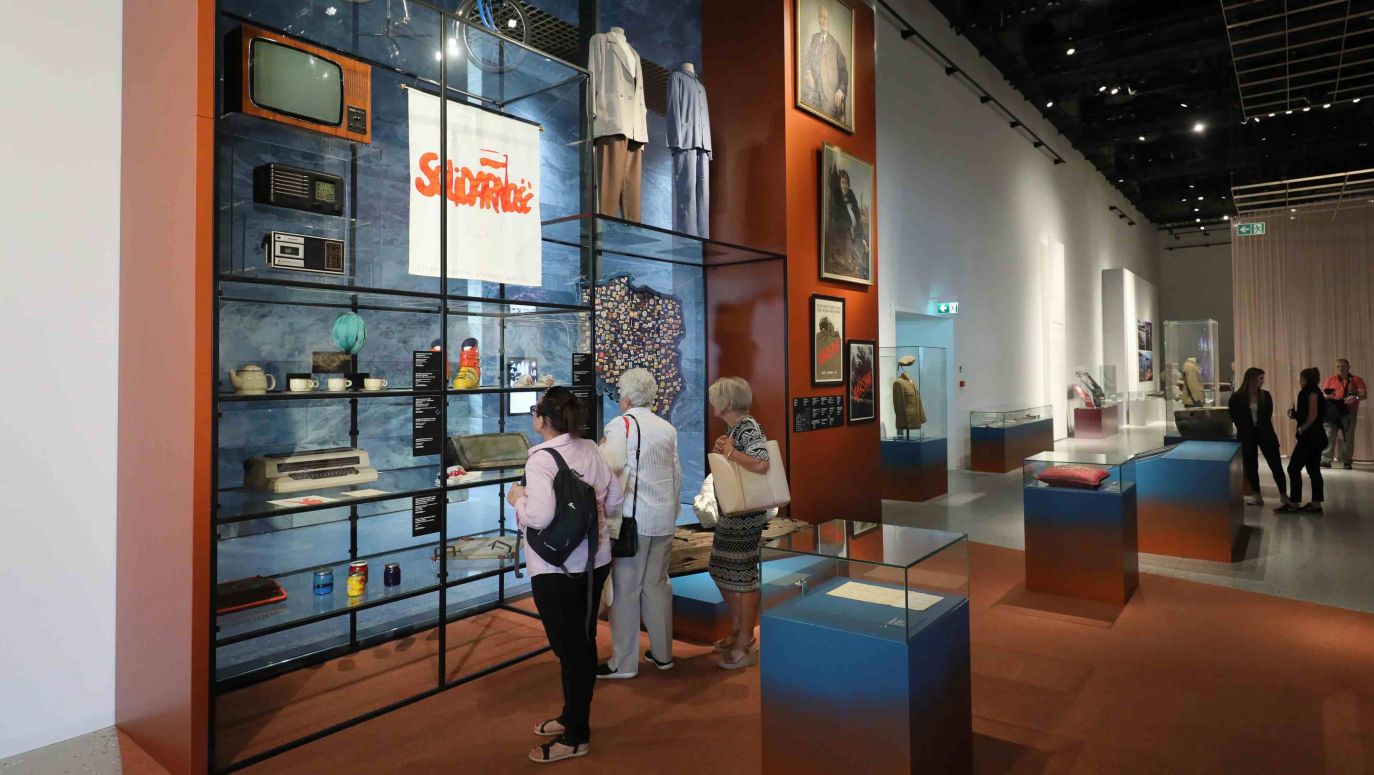The work of the museum team is also an arduous task to prolong the life of the collected relics. In the new building, an area of about 3000 m² has been set aside for the storage rooms and conservation workshop alone. The exhibits are constantly being acquired, including at "browse"
auctions abroad and in the struggle for the recovery of cultural property seized during the war. One example is the rifle of Count Wincenty Krasinski, a true masterpiece of gunsmithing from the Napoleonic period. The weapon, looted by the Germans during the World War II, was returned to Poland thanks to the persistent efforts of the Ministry of Culture and National Heritage. The collection contains also valuable family heirlooms, such as the uniform of General Stanislaw Maczek, donated by the granddaughter of the commander of the Polish Armoured Division. Among the museum's most interesting collections related to the World War II: A Polish Enigma, built by the Polish secret service to crack German cyphers; with earlier architectural details from the Villa Regia vasa palace. And in addition kontush belts, examples of modern goldsmith's art or ceramics, old costumes, but also relics of technology. The museum's collection also includes two conservation copies of the acts of the Warsaw Confederation and the Union of Lublin.
In addition to objects illustrating the history of the Polish state and Poles, the progress of civilisation, scientific and cultural development, we are also interested in local or family histories - adds Dr. Monika Matwiejczuk, Head of the Collections Department. - The oldest museum objects in the collection date back to the Middle Ages, while the newest ones document our modern times.
The opening of the Polish History Museum in its new building was inaugurated by the opening festival, which lasted until 1 October. During this festival, one could participate in educational activities, debates and surprise attractions. The programme also included curatorial tours of the exhibition, debates, workshops for the youngest, a visit to the viewing terrace, performances, concerts and film screenings.
- Cezary Korycki
TVP WEEKLY. Editorial team and jornalists
Polish History Museum in numbers:
60 000 objects - collections of the Polish History Museum
44,000 square meters - this area makes the MHP the largest museum facility in the country. It is the size of roughly 50 sports arenas
7300 square meters - this is the area allocated for the future
permanent exhibition. This is more than a full-size football field
3600 objects - this is the treasure awaiting visitors as part of the future permanent exhibition
1400 square meters - this is the amount of space available for temporary exhibitions. This is more than a regulation Olympic swimming
577 is the number of people that can fit in the auditorium built in a
box in the box technology. This is a unique solution, providing acoustic isolation of the auditorium from the rest of the building
322 - is the number of parking spaces for visitors.
187-that's how many years ago the Warsaw Citadel was built as a Russian fortress. Today it's a place conducive to reflecting on history and spending time together
135 is the number of seats in the comfortable cinema and theater
25 meters - is the height of the auditorium. It would fit a small passenger plane placed vertically
6 - is the number of floors. Four of which are above ground and two underground


 SIGN UP TO OUR PAGE
SIGN UP TO OUR PAGE 




